Dodge announced earlier this week that is was offering its popular Plum Crazy purple as a color option for all of its Challenger and Charger trim packages.
It got us to thinking about some of the most iconic automotive factory muscle car/performance car colors of all time. There have been a lot of great ones, and opinions on the topic will vary widely. For example, below is our opinion on the 10 most iconic factory colors.
We can only wish the manufacturers (the ones that are left) would bring more of them back.
Wimbledon White
Why? It’s unbelievable the number of white shades out there. Ford introduced Wimbledon White decades ago and made it an option on its original, iconic Mustang. And you may have always wondered what that color was on the legendary GT350. It wasn’t white; it was Wimbledon White.
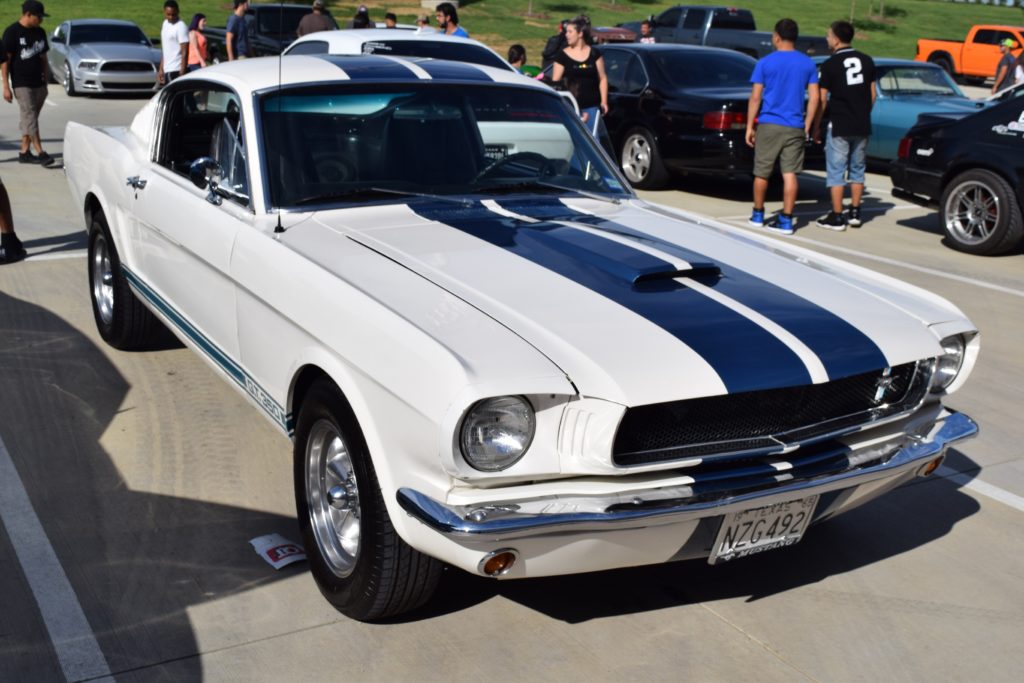
***
Grabber Green
Why? It’s the name—seriously. Back in the day, manufacturers had a blast making up names for paint colors. Ford offered Grabber Green on select cars and offered a host of others in the “Grabber” series, including blue, orange, and yellow. Grabber Green takes us back to a different, fun time in American automotive history.
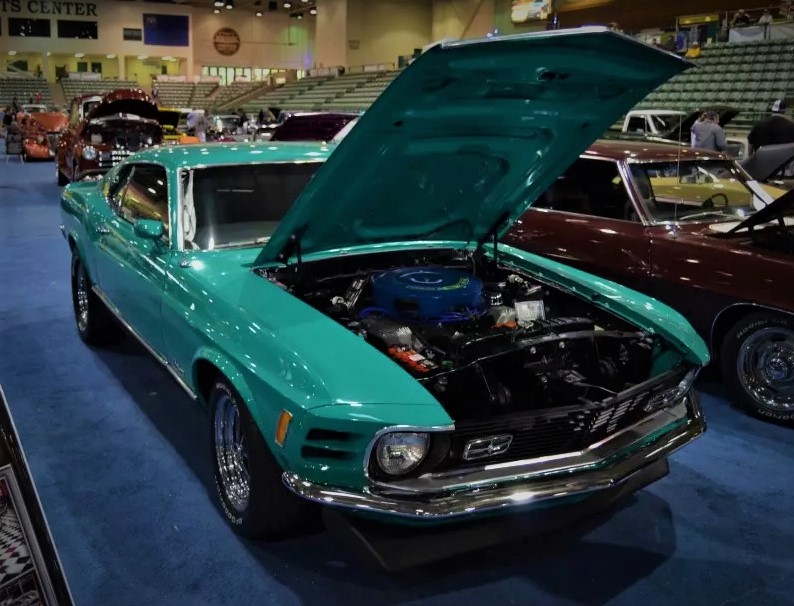
***
Torch Red
Why? For some reason, red is synonymous with performance. There have probably been hundreds of shades to choose from, but Torch Red has spanned the decades from Ford’s 1955 Thunderbird to GM’s 2016 Corvette (yes, Ford and GM both used Torch Red). Plus, we’ve seen our share of custom rods done up in Torch Red.
***
AMC Big Bad Orange
Why? Chrysler’s High Impact colors were probably more well known during the early 1970s, but American Motors had its own version of retina-burning bright hues. Known as the “Big Bad” series of paint, the line included Big Bad Orange, Big Bad Blue, and Big Bad Green. Big Bad Orange was the most popular from what we’ve seen.
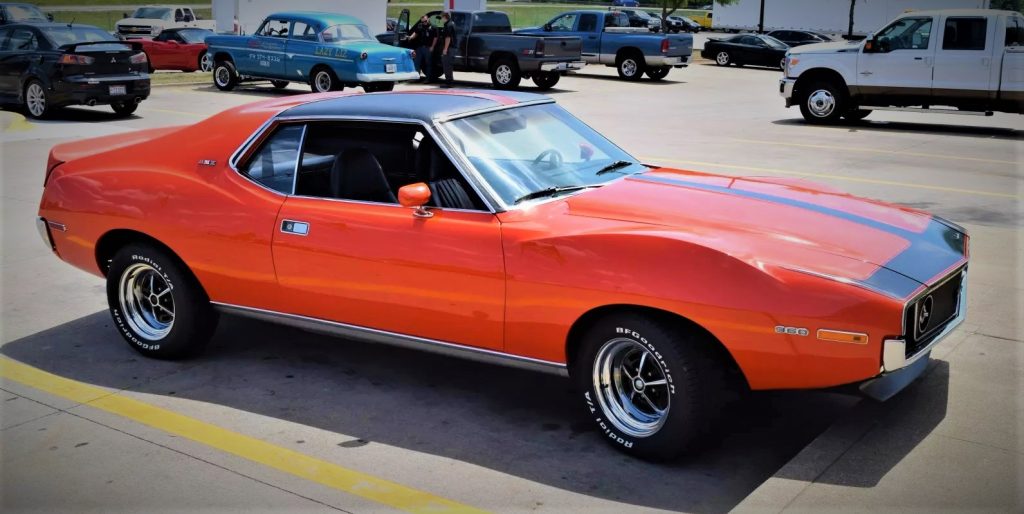
***
LeMans Blue/Mulsanne Blue
Why? We can’t exactly put our finger on it. LeMans Blue, which eventually morphed into Mulsanne Blue graced some of GM’s most iconic late 1960s and 70s muscle cars. One of our favorites is the ’68 Camaro SS396, which for our money, looks best in this blue hue.
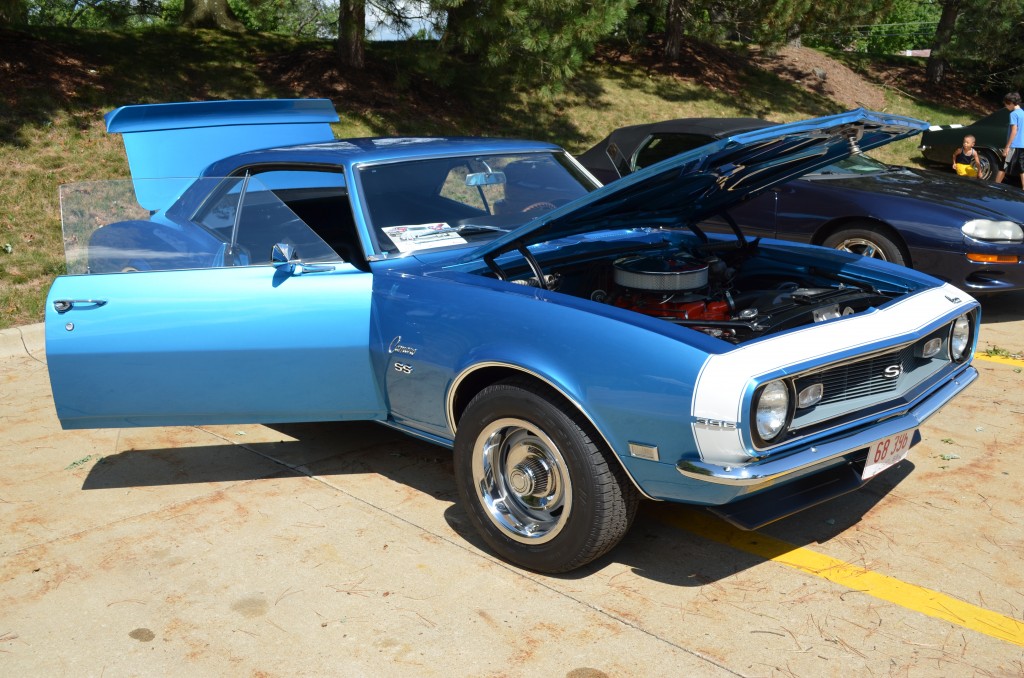
***
Candy Apple Red
Why? At our earliest car shows, we can remember people talking about Candy Apple Red. Ford first officially used the color in 1966 and the color was later used to describe a more metallic, sparkling red paint. As paint names go, this is probably one of the most recognizable—even if it has evolved over the years.

***
Hugger Orange
Why? It first appeared on the 1969 Camaro is one of the most desirable colors for the sought-after pony car. Collectors have been known to pay extra for the legendary Camaro in this color.
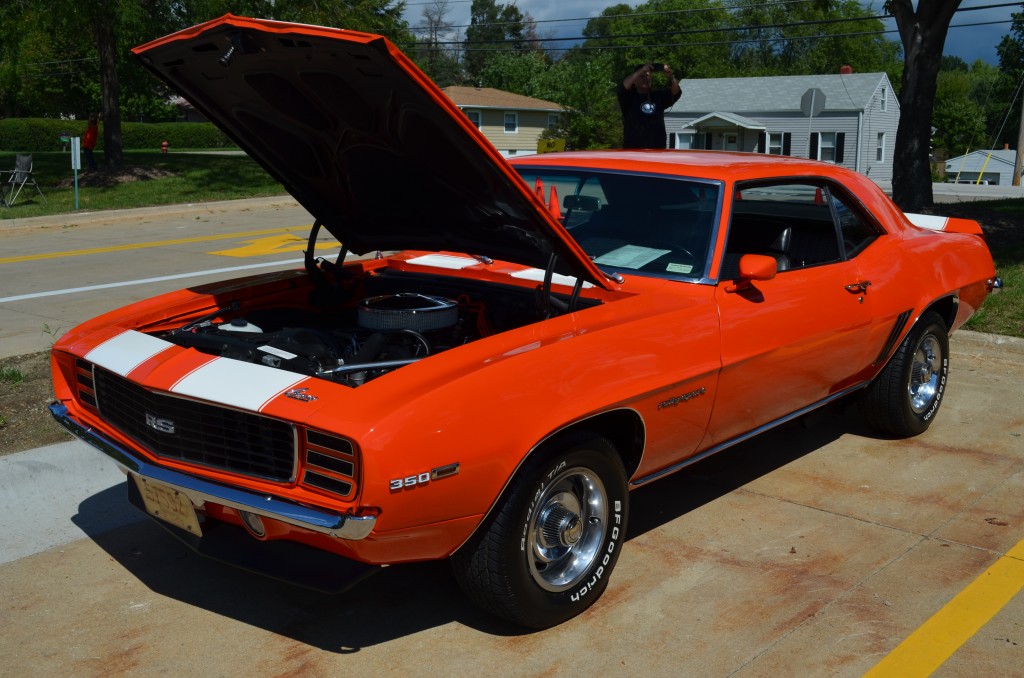
***
Grabber Blue
Why? First, we just love the shade. Second, there’s a lot of history wrapped up in this color. It first appeared and has been used on the legendary 1970 Boss 302 and reincarnated as an option for the 2013 Boss 302. Some say it was derived from the Petty Blue used on Richard Petty’s iconic stock car. Wherever it came from, we love it.
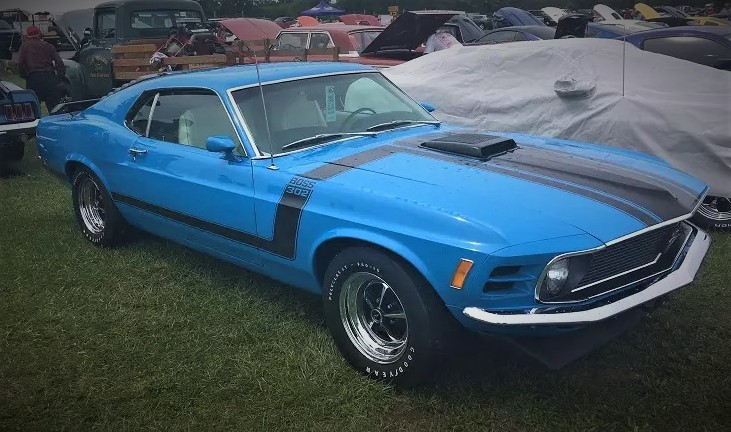
***
Limelight
Why? You knew a selection from Chrysler’s High Impact line would be on here. The name. The color. The cars. The relative rarity. Everything about this particular shade was awesome. While High Impact paint was offered from 1969-73, Limelight was only available on Plymouth vehicles; the Dodge equivalent was called Sublime.

***
Plum Crazy
Why? Yep–another High Impact color. Chrysler ruled the roost when it came to factory colors in the 1970s. Plum Crazy made purple a viable color option for Challengers, Chargers, Barracuda, Coronets, Darts, and other Mopars in 1970 and ’71. It is THE iconic muscle car color from Detroit’s hey-day. And now it’s been resurrected again.
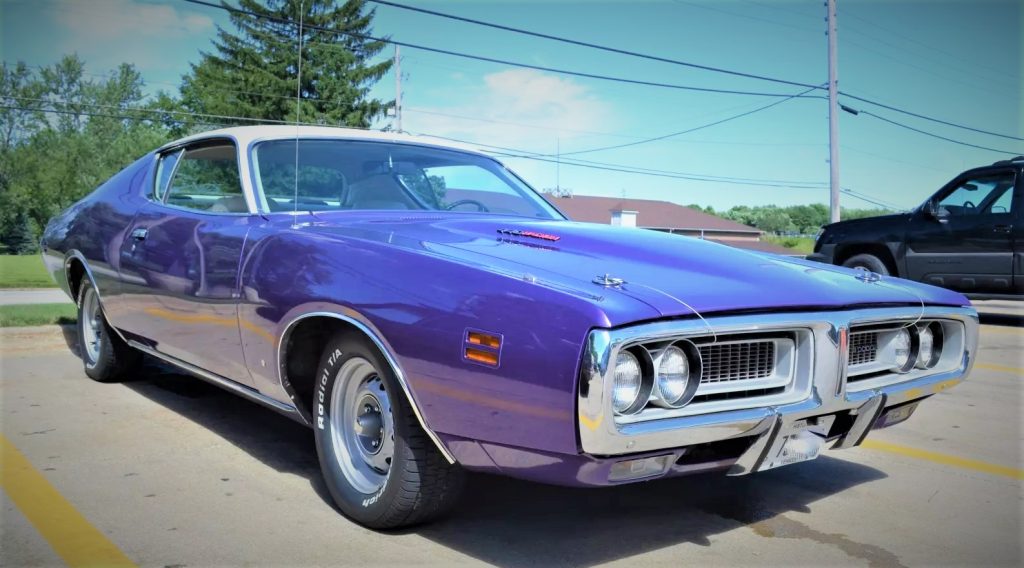

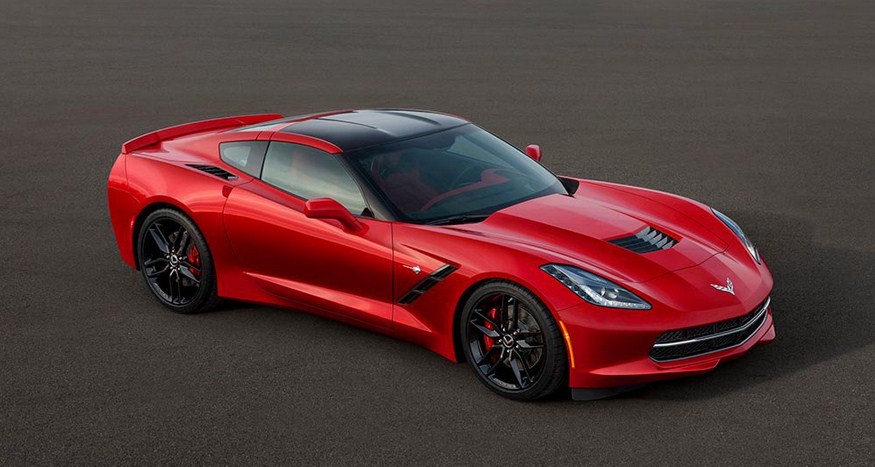
What year was the wimbelton white Ford Mustang get 350
gt350 was a model of the shelby mustang. gt 350 was a small block car. gt 500 was a big block car. gt 350 had a 289 in it, later being replaced with the 302
the car you are looking at would be a 65-66
Redoing a1964 ford Econoline e100 van that was wimbelton white
Sublime was available on Plymouths, but it was called Limelite.
Can’t figure out how he left out Chrysler’s PANTHER PINK. Dodge called it Panther Pink while Plymouth called Mulon Rouge. It was a one year 1970 color along with Sassy Grass green. Both colors should have made his list.
70 camaro Z28 RS mulsanne blue im doing currantly
[…] Download Image More @ http://www.onallcylinders.com […]
Sublime is a new name for this colr. It was originally called Jolly Green (pulled from the Jolly Green Giant foods). I bought some Jolly Green paint from a Mopar parts department in 1969 to paint my motorcycle.
That’s not Antestablish Mint
It’s Grabber Green
Hey Jim, thanks for the catch–we’ve made the update.
We are finishing 1939 Coast to Coast roadster with removable hard top and want two colors ; light color top and contrasting lower body. We have looked at Lexas light Charcoal gray bottom and a Pewter top.
We also looked at GM Mulsanne Blue body and Platinum top.
What are your thoughts and suggestions?
Cool project! Obviously a K5 is a far cry from a ’39 street rod, but this Blazer is a good look. Or for a more custom example, check out this Tri-Five.